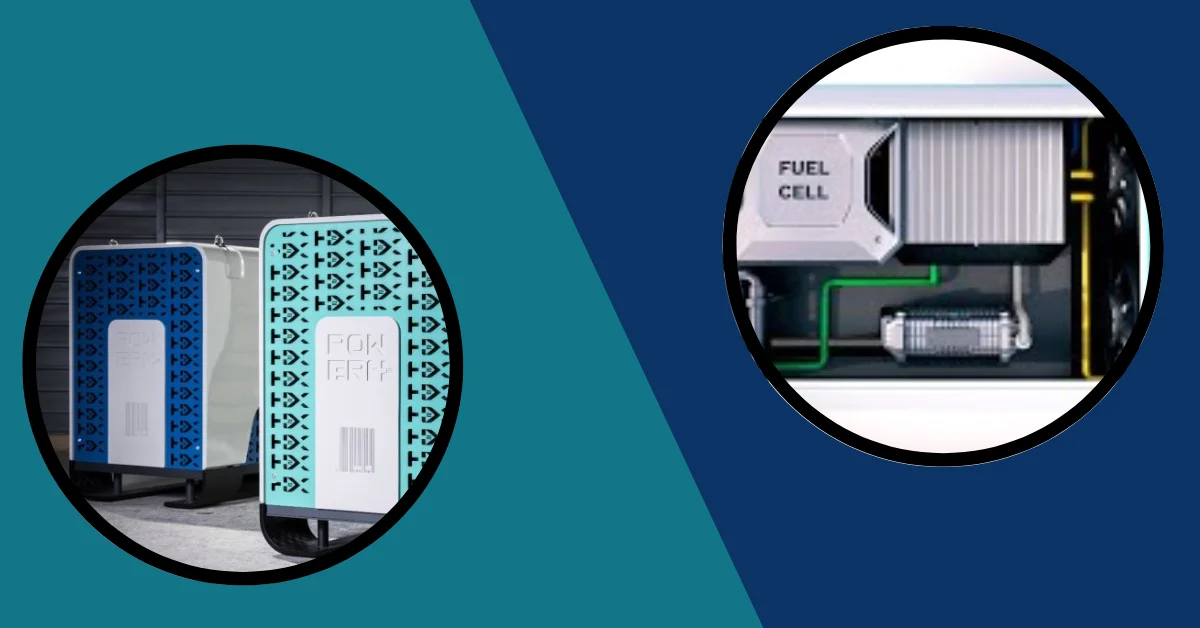Hydrogen technology is a hopeful way to get to a world with clean and sustainable energy. This piece looks at the different parts of hydrogen technology, such as how it is made, stored, and used in fuel cells and burning. By using hydrogen’s many uses, we might be able to solve some of the problems of reducing carbon emissions in areas like transportation and industry. This piece details hydrogen technology, how it can be used, and how it could help make the world better.
What Is Hydrogen Technologies?
Hydrogen technology is the use of hydrogen as an energy source and the use of systems built on hydrogen for different things, like making, storing, and using energy. Hydrogen in its cleanest form (H2) is a common element that can be made from natural gas, biomass, and water, among other things, using methods like steam methane reforming, electrolysis, and biomass gasification.
1. Hydrogen Production:
- Steam Methane Reforming: Steam methane reforming is the most popular way to make hydrogen. In this process, natural gas mixes with steam to make hydrogen and carbon dioxide. This process is used a lot because natural gas is easy to get but releases carbon into the air.
- Water Electrolysis: Electrolysis is a different way to split water into hydrogen and oxygen. It does this by using electricity. This method is a carbon-free way to make hydrogen because green energy sources can drive it.
- Biomass Gasification: Biomass gasification is another way to make hydrogen. In this process, biomass materials are heated and turned into high hydrogen gas. This process gives us a way to get hydrogen that doesn’t use any carbon and doesn’t run out.
2. Hydrogen Storage:
- Compression and Liquefaction: Since low-density hydrogen gas must be compressed to be stored well. Hydrogen can be stored in tanks or as a liquid by squeezing it to high pressures or cooling it to shallow temperatures.
- Material-Based Storage: Hydrogen can also be kept in materials that can take in and release hydrogen, like metal hydrides or complicated chemical compounds. With this method, it might be possible to store things safely and in both directions at lower pressures.
Uses Of Hydrogen
Hydrogen, the world’s lightest and most common element, has become a strong and flexible resource with endless uses. As the world moves toward a healthier future, everyone is interested in how hydrogen can be used. This clean and efficient energy carrier is changing how businesses work, charging cars, saving green energy, and changing how we use energy.
3. Fuel Cells:
- How Fuel Cells Work: Fuel cells use an electrochemical process to turn the chemical energy in hydrogen and oxygen into power. The fuel is hydrogen, and the oxidizer is oxygen from the air. This process happens inside the fuel cell stack, and the byproducts are power, heat, and water.
- Applications of Fuel Cells: Fuel cells are used in many areas, such as transportation (hydrogen-powered cars, buses, and trains), stationary power sources (backup power systems, microgrids), and handheld devices (laptops, smartphones).
Let’s check out 5 Mind-Blowing Scientific Wonders that are Changing the World! Prepare to have your mind blown as we look at cutting-edge research and findings that are changing the future.
4. Hydrogen Combustion:
- Direct Combustion: Like other fuels, hydrogen can be burned directly in internal combustion engines. But hydrogen burning is different because it has a faster spark, a more comprehensive flammability range, and less energy density. For this method to work, engine designs need to be changed.
- Advantages and Challenges: Hydrogen burning has some benefits, like it doesn’t release any carbon and could be added to engines that are already in use. Due to its high flammability and low starting energy, hydrogen is hard to store, handle, and keep safe.
6. Hydrogen Infrastructure:
- Production Facilities: Establishing hydrogen production facilities involves optimizing existing methods and developing advanced technologies for efficient, cost-effective, low-emission production.
- Storage and Transportation: Building a robust hydrogen storage and transportation infrastructure requires developing innovative storage methods, including onboard storage for vehicles and long-distance pipelines for industrial use.
- Distribution and Fueling Stations: Creating a network of hydrogen distribution and fueling stations is crucial to support the growth of hydrogen-powered vehicles and other hydrogen-based technologies.
How Can Hydrogen Technology Change The World?
Hydrogen technology might revolutionize the world. Hydrogen, a clean, abundant energy source, may reduce greenhouse gas emissions and prevent climate change. Hydrogen may replace fossil fuels in transportation, industry, and households to become carbon-neutral. Hydrogen technology enhances energy storage and system adaptability, enabling renewable energy and overcoming intermittency.
Environmentally friendly and flexible hydrogen technology fosters innovation, economic growth, and clean energy. Hydrogen technology might reduce fossil fuel use and provide clean alternatives in many sectors.
We appreciate your readership! If you found this post helpful, please bookmark thetecheducation.com so you can easily find it again.


